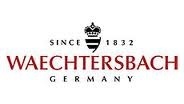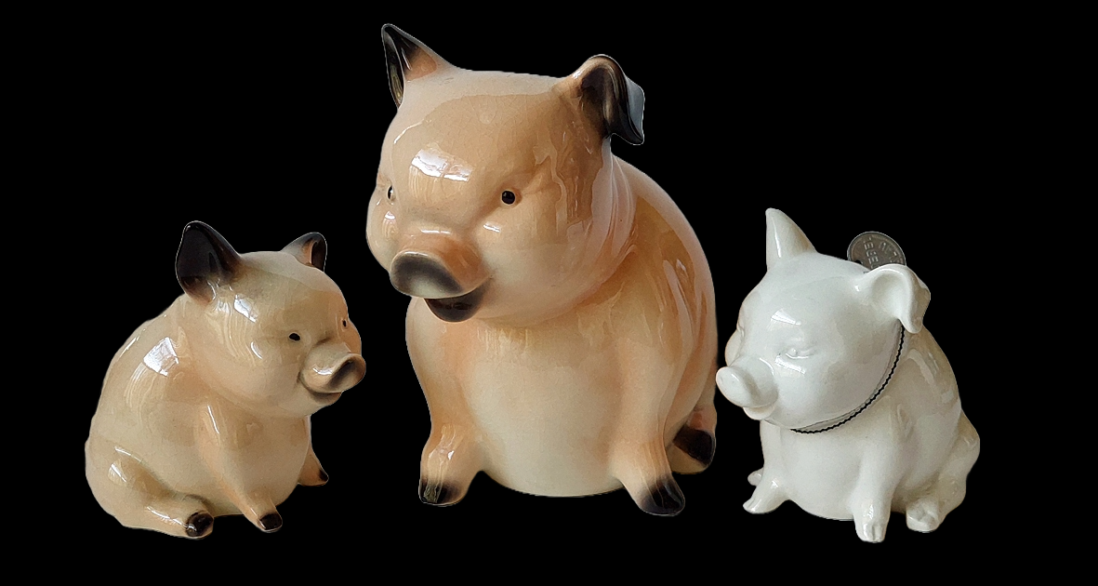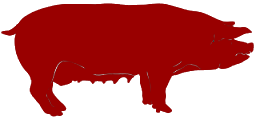Popular brands
Collection 2 > Germany

Germany has a rich history in earthenware, porcelain and piggy banks. The lucky pig “Glücksschweinchen” is a typical German heritage. Germany produced for the inner market as well for export. In such quantities that the UK (and USA) decided, for protection of their own goods, that from 1887 on an inscription “Made in Germany” had to be stamped on all imported German goods.
Ritzenhoff
RITZENHOFF (nowadays Ritzenhoff & Breker) produces glass and ceramic and, for my collection important, nice piggy banks with decors from well-known artists. Regrettably nowadays only with plastic stoppers.

Waechtersbach
The type showed here is rather common. However there is quite a difference between genuine Waechtersbach and imitation. Waechtersbach is an old German company (1832) but produces also in the USA.



More brands
When I think of German ceramics, I think of Villeroy & Boch and Meissen for the beautiful (baroque) tableware and Goebel (from 1871) for, among other things, the Hummel figures and money boxes. I have only been able to save piggy banks without a hole in the belly from Goebel. "Porzellanfabrik Goebel" was founded on January 30, 1871 by Franz Detleff and his son William Goebel. There were 5 generations of Goebel after 1871 in the company until 2006 due to financial problems. After being taken over by a capital investor in 2010, the Goebel company is running as usual again. In addition to Goebel, I will show two more from my collection of the many other German brands.
- Goebel Porzallan GmbH was founded on January 30, 1871 in Oeslau (municipality of Rödental) by Franz Detleff and his son William Goebel. After 1871, there were five generations of Goebel in the Goebel company until the bankruptcy filing in 2006. Since 2010, Goebel Porzallan GmbH has been part of the PM Kapital Group and is once again fully producing in Bad Staffelstein. Production of the iconic Hummel figures was stopped in 2008. In 2009, Manufaktur Rödental GmbH took over the Hummel production and continued it under license from the Siessen Congregation, the Franciscan congregation to which Maria Innocentia Hummel belonged.
- Wagner & Apel Porzellan is a porcelain manufacturer in the small town of Lippelsdorf in the Thuringian Forest. Since 1877 porcelain has been made there entirely by hand. The product range includes lifelike animal and bird sculptures, lovely child figurines, decorative christmas and gift items, modern vessels in both traditional and modern styles. The family business is being run by the fourth and fifth generation.
- The Lichte Porcelain (GmbH) was founded 1822 in Lichte, Thuringian Highlands. Shortly before the founding of the GDR, the company was expropriated in 1948 and converted into the Lichte decorative porcelain factory (VEB). In 1991 the family bought the business back, but failed to realign the porcelain division, so employees took over the location in 1994. Bankruptcy had to be filed in 2012; two years later, the new PKS (porcelain, ceramics and silver) production company also filed for bankruptcy. Production was stopped in 2014.

W. Goebel. Left: SD 39, cream (1956). Length 12.5; height 11 cm. Center: SD 40 "Foreign" (1957). Length 19.5; height 16 cm. Right: SD 39 white "Arbeitsmuster" Translation: production standard (1958). Length 12.5; height 11 cm.

Scheurich model 791
The shown piggy banks I bought in different stores in the Netherlands, they were made in Germany by Scheurich Keramik. Scheurich GmbH & Co. KG is a German company in Schneeberg (Lower Franconia) and is known for its famous ceramic vases. Scheurich also makes piggy banks, but I do not know whether this is still the case today. The 'famous' vases are signed with 'W.GERMANY' or 'WEST GERMANY' followed by three numbers (which indicate the model number), a dash and two numbers (which indicate the height of the vase). Around 1990 'WEST GERMANY' was changed to 'Made in GERMANY'. The signature on the piggy banks is constructed in the same way, but without the height indication.
All of the Scheurich piggy banks have a four leaf clover right above the tail. Length 13.5 cm. Period 1950 to 1965, or possible even before 1945. In addition to model 791 of 14 cm (in my collection: the traditional one, the one you have to smash into pieces to get the money out) , there is a smaller (12.5 cm) and several larger ones: 792 and 793. All with cap or lock in the belly.

Miscellaneous
Germany is the cradle of the Glücksschweinchen. Nice examples are shown here and more miscellaneous. The original centre of the German earthenware industry was in Sachsen and Thüringen. And the borders of Poland and the Czech Republic (both former German Empire).




























































